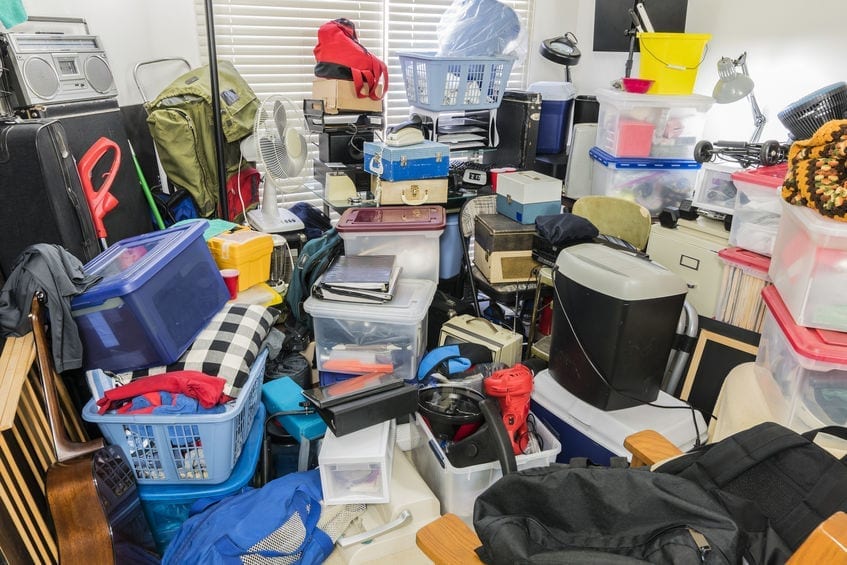- Empty cart.
- Continue Shopping
How to Recognize and Address Hoarding Behavior

Hoarding behavior is a complex mental health issue characterized by the excessive accumulation of belongings and a persistent difficulty in discarding them, even if they have little or no value. It can have serious consequences for a person’s quality of life and well-being.
Recognizing Hoarding Behavior
- Excessive Clutter: Rooms or spaces in the individual’s living environment are filled with an overwhelming amount of items, making them nearly unusable for their intended purpose.
- Difficulty Discarding: The person has extreme difficulty parting with possessions, often due to a strong emotional attachment or fear of needing the item in the future.
- Distress or Impairment: Hoarding causes significant distress or impairment in daily functioning, including difficulties with daily activities, social interactions, and maintaining a safe living environment.
- Health and Safety Risks: Hoarding can lead to unsanitary living conditions, fire hazards, pest infestations, and other health and safety risks.
- Social Isolation: Hoarding behavior may lead to isolation, as individuals may avoid inviting others into their living space due to shame or embarrassment.
- Emotional Attachment to Objects: The person may have a strong emotional attachment to their belongings, viewing them as extensions of themselves or as a source of comfort.
Approaching the Situation with Sensitivity
- Choose the Right Time and Place: Find a calm and private setting to discuss hoarding behavior. Avoid confrontations or discussions during moments of heightened stress or tension.
- Express Concern, Not Judgment: Approach the conversation with empathy and genuine concern. Avoid making accusatory or judgmental statements, which can cause defensiveness.
- Listen Actively: Allow the person to share their perspective and feelings. Validate their emotions and experiences, even if you don’t fully understand them.
- Avoid Pressuring for Immediate Change: Understand that change may take time and be met with resistance. Focus on building trust and a supportive relationship.
Offering Practical Support
- Offer Assistance, Not Force: Ask if they would like help with organizing or decluttering, but respect their decisions. Avoid forcing them to part with items.
- Set Small, Achievable Goals: Break the decluttering process into manageable tasks. Celebrate small victories to build confidence and motivation.
- Provide Resources: Offer information on professional organizers, therapists, or support groups specializing in hoarding disorder.
- Respect Autonomy: Remember that the person has the right to make decisions about their belongings, even if they choose to keep items you consider unnecessary.
Encouraging Professional Help
- Suggest Therapy or Counseling: Encourage the individual to seek help from mental health professionals with experience in hoarding behavior.
- Recommend Support Groups: Offer information on local or online support groups where individuals can connect with others facing similar challenges.
- Offer Assistance in Finding Specialists: Help the person find experts, such as professional organizers or therapists, who have experience working with hoarding disorder.
Follow-Up and Be Patient
- Check-In Regularly: Continue to offer support and encouragement, and be available for ongoing conversations about their progress.
- Acknowledge Progress: Recognize and celebrate any positive changes or steps towards a healthier living environment.
Remember that addressing hoarding behavior is a sensitive and complex process. Patience, empathy, and ongoing support are key to helping someone navigate this challenging situation. If the hoarding behavior poses immediate risks to health or safety, consider involving professional help or local authorities for intervention.








